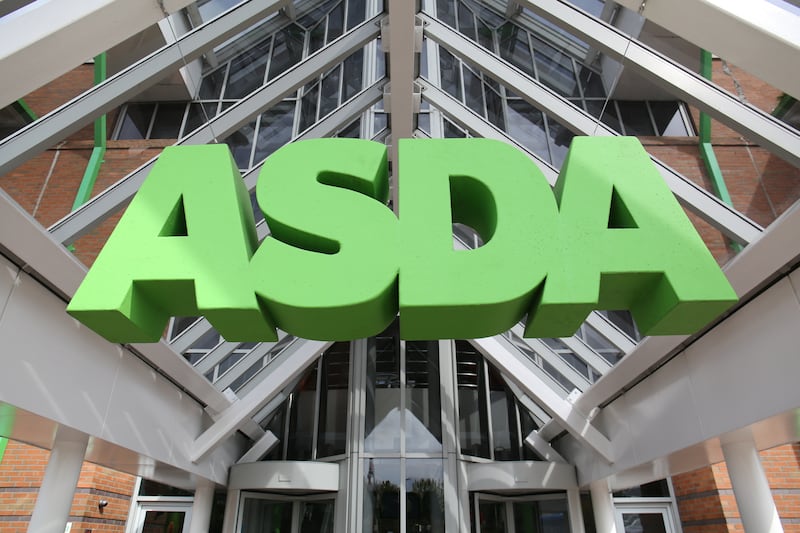For the first time in two years every UK region - including Northern Ireland - recorded positive annual growth in disposable income in the final quarter of 2023, according to the latest Asda Income Tracker,
But while the weekly amount the average household had to spend on themselves after all taxes and essential bills were paid rose to £224, the highest amount since the start of 2022, in Northern Ireland it’s less than half that at £103.
Despite the positive improvements, disposable income remains firmly down on the values witnessed prior to the cost-of-living crisis.
London continues to have the strongest disposable income with the average household in the capital seeing an increase of 10.1% to £301 a week across the fourth quarter.
The east of England and Scotland also both recorded above UK-wide average disposable income values at £236 and £228 per week respectively.
Wales recorded the weakest increase in disposable income over the quarter, which was mainly driven by weak earnings growth in the region, and whilst the north east witnessed the strongest growth at 11.3%, it still has the second lowest income value at £146 per week.
Yet Northern Ireland’s spending power significantly lags behind the UK average at just £103 a week, due mainly to weaker earnings growth and the region’s greater exposure to inflationary pressures.

Consequently, disposable income in Northern Ireland remains firmly below its peak before the cost-of-living crisis - and the difference is the highest among all regions of the UK.
Meanwhile according to a separate report by the EY Item Club, UK household incomes are expected to improve in 2024, and the year ahead is set to see a “turning point” for its stagnating economy, thanks to falling inflation, interest rate cuts and tax reductions.
The EY Item Club also upgraded its outlook for UK growth this year to 0.9% from the 0.7% it previously pencilled in last October.








